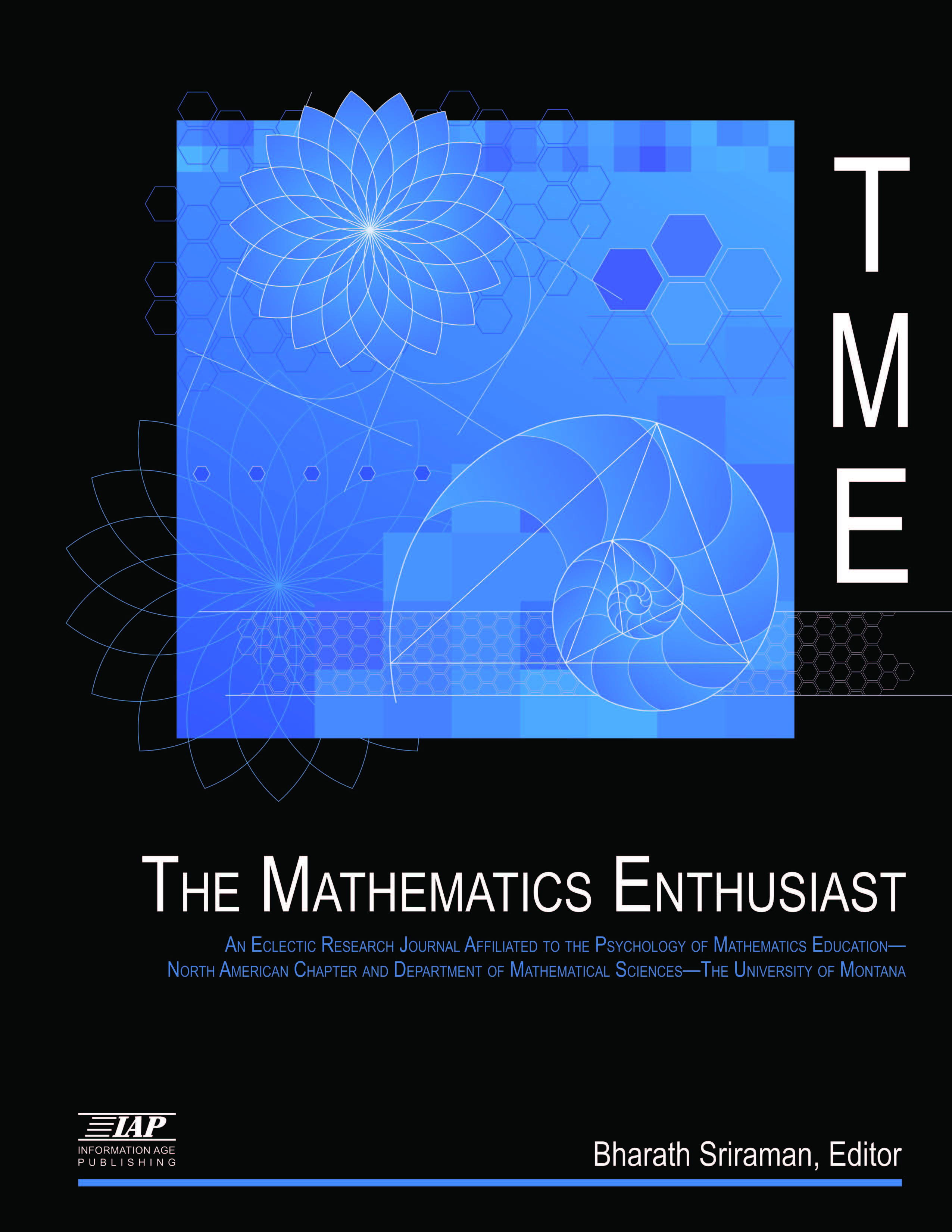
Volume
10
Issue
1-2
Abstract
This article focuses on problem solving activities in a first grade classroom in a typical small community and school in Indiana. But, the teacher and the activities in this class were not at all typical of what goes on in most comparable classrooms; and, the issues that will be addressed are relevant and important for students from kindergarten through college. Can children really solve problems that involve concepts (or skills) that they have not yet been taught? Can children really create important mathematical concepts on their own – without a lot of guidance from teachers? What is the relationship between problem solving abilities and the mastery of skills that are widely regarded as being “prerequisites” to such tasks? Can primary school children (whose toolkits of skills are limited) engage productively in authentic simulations of “real life” problem solving situations? Can three-person teams of primary school children really work together collaboratively, and remain intensely engaged, on problem solving activities that require more than an hour to complete? Are the kinds of learning and problem solving experiences that are recommended (for example) in the USA’s Common Core State Curriculum Standards really representative of the kind that even young children encounter beyond school in the 21st century? … This article offers an existence proof showing why our answers to these questions are: Yes. Yes. Yes. Yes. Yes. Yes. And: No. … Even though the evidence we present is only intended to demonstrate what’s possible, not what’s likely to occur under any circumstances, there is no reason to expect that the things that our children accomplished could not be accomplished by average ability children in other schools and classrooms.
First Page
35
Last Page
60
Recommended Citation
Lesh, Richard; English, Lyn; Riggs, Chanda; and Sevis, Serife
(2013)
"Problem Solving in the Primary School (K-2),"
The Mathematics Enthusiast: Vol. 10
:
No.
1
, Article 4.
DOI: https://doi.org/10.54870/1551-3440.1259
Available at:
https://scholarworks.umt.edu/tme/vol10/iss1/4
Digital Object Identifier (DOI)
10.54870/1551-3440.1259
